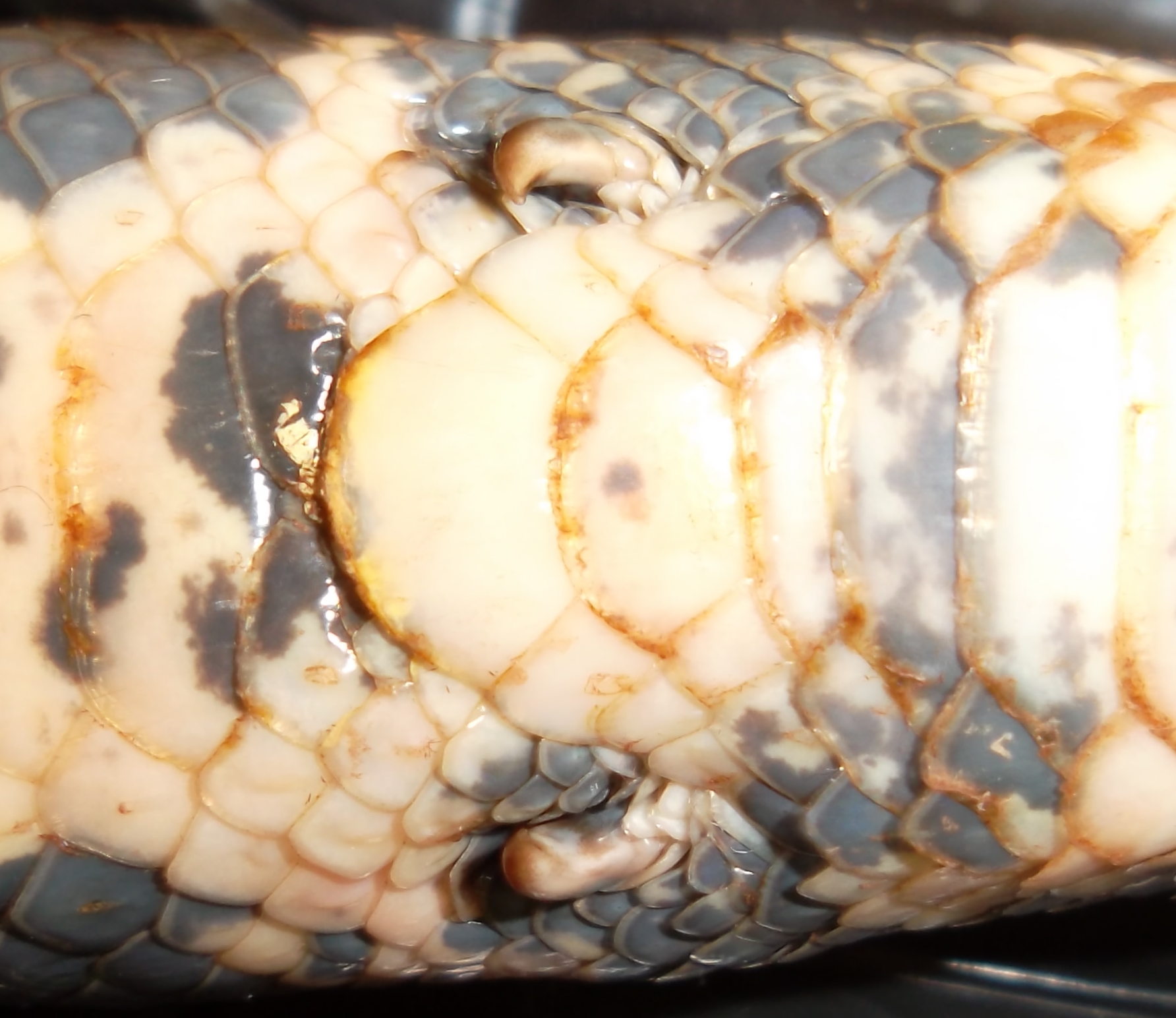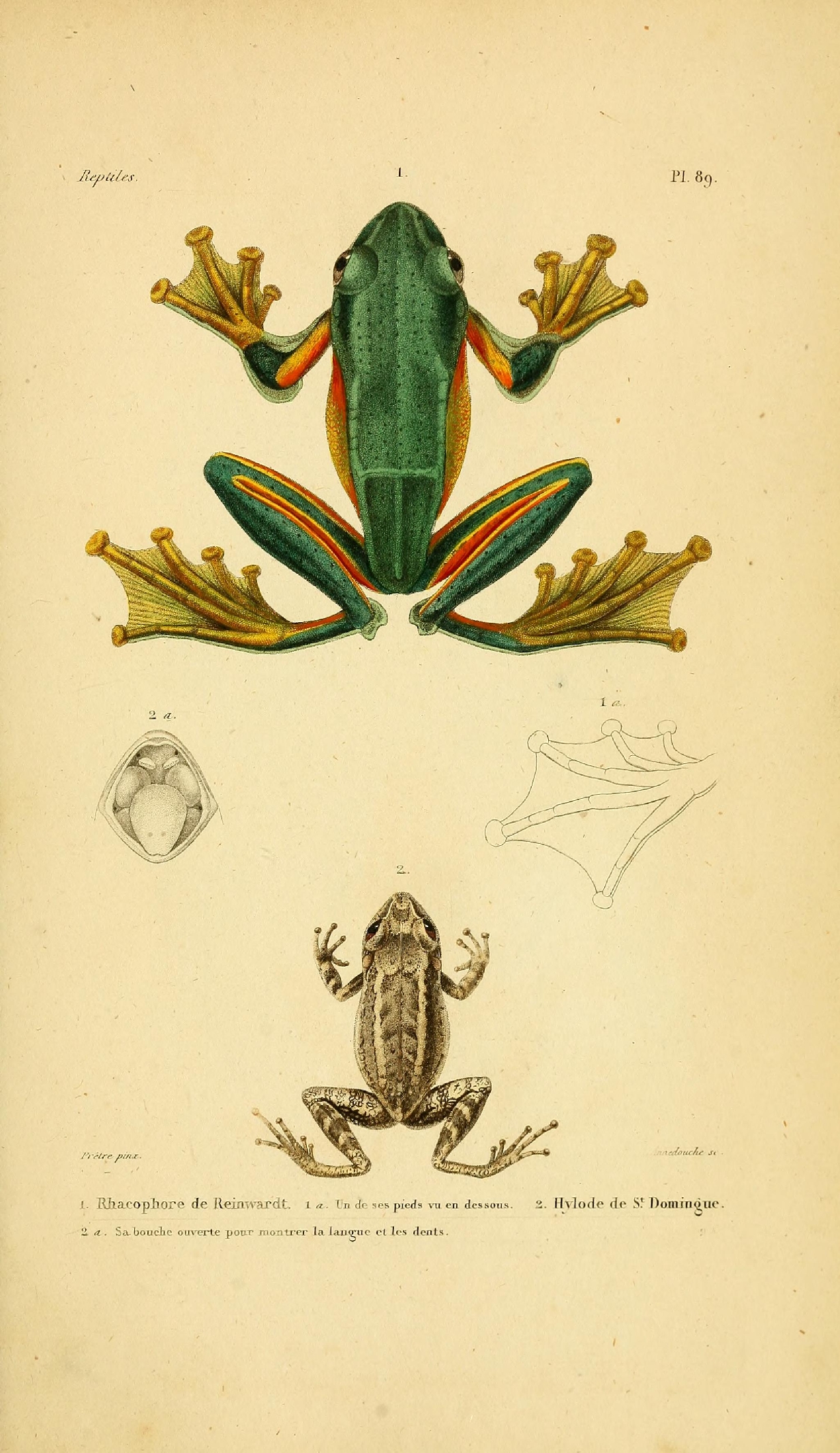|
Acrantophis
''Acrantophis'' is a genus of terrestrial boid snakes endemic to the island of Madagascar. Species Two species are currently recognized. * ''Acrantophis madagascariensis ''Acrantophis madagascariensis'' is a species of boid snake in the subfamily Sanziniinae that is endemic to the island of Madagascar. Its common names include Malagasy ground boa and Madagascar boa. Description This species is included in the ...'' - ( Duméril & Bibron, 1844)- Madagascar ground boa * '' Acrantophis dumerili'' - Jan, 1860- Duméril's boa References Further reading * External links * Boidae Biota of Madagascar Reptiles of Madagascar Taxa named by Giorgio Jan Snake genera {{Madagascar-stub ... [...More Info...] [...Related Items...] OR: [Wikipedia] [Google] [Baidu] |
Acrantophis Dumerili
''Acrantophis dumerili'', commonly known as Dumeril's boa, is a species of non-venomous snake in the family Boidae. The species is endemic to Madagascar. No subspecies are currently recognized. Etymology The specific name, ''dumerili'', is in honor of French herpetologist André Marie Constant Duméril. Beolens, Bo; Watkins, Michael; Grayson, Michael (2011). ''The Eponym Dictionary of Reptiles''. Baltimore: Johns Hopkins University Press. xiii + 296 pp. . (''Acrantophis dumerili'', p. 77). Description Adults of ''A. dumerili'' usually grow to 6.5 feet (2 m) in total length (including tail)Burnie, David; Wilson, Don E. (editors-in-chief) (2001). ''Animal''. London: Dorling Kindersley. 624 pp. . with the maximum reported to be 8 foot, 6 inches (259 cm). Males usually have longer skinnier tails, while females tend to be larger overall. The color pattern consists of a gray-brown ground color with darker patches, forming an effective camouflage against the leaf litter of ... [...More Info...] [...Related Items...] OR: [Wikipedia] [Google] [Baidu] |
Acrantophis Madagascariensis
''Acrantophis madagascariensis'' is a species of boid snake in the subfamily Sanziniinae that is endemic to the island of Madagascar. Its common names include Malagasy ground boa and Madagascar boa. Description This species is included in the Boidae family of snakes, subfamily Sanziniinae. No subspecies are currently recognized by ITIS. Adult females can be up to 10 feet (3.05 metres), males are typically smaller, the average size of the population is 8 feet (2.44 m) in length.Mehrtens JM. 1987. ''Living Snakes of the World in Color''. New York: Sterling Publishers. 480 pp. . This is the largest snake species found on the island of Madagascar. ''Acrantophis madagascariensis'', like others in the family, dispatch their prey by constriction. The color pattern consists of a pale reddish-brown ground color mixed with gray, overlaid with a pattern dorsal rhombs outlined with black or brown. Sometimes this creates a vague zigzag impression. The sides are patterned a series of bl ... [...More Info...] [...Related Items...] OR: [Wikipedia] [Google] [Baidu] |
André Marie Constant Duméril
André Marie Constant Duméril (1 January 1774 – 14 August 1860) was a French zoologist. He was professor of anatomy at the Muséum national d'histoire naturelle from 1801 to 1812, when he became professor of herpetology and ichthyology. His son Auguste Duméril was also a zoologist. Life André Marie Constant Duméril was born on 1 January 1774 in Amiens and died on 14 August 1860 in Paris. He became a doctor at a young age, obtaining, at 19 years, the ''prévot'' of anatomy at the medical school of Rouen. In 1800, he left for Paris and collaborated in the drafting of the comparative anatomy lessons of Georges Cuvier. He replaced Cuvier at the Central School of the Panthéon and had, as his colleague, Alexandre Brongniart. In 1801, he gave courses to the medical school of Paris. Under the ''Restauration'', he was elected a member of the Académie des Sciences (French Academy of Sciences) and after 1803 succeeded Lacépède, who was occupied by his political o ... [...More Info...] [...Related Items...] OR: [Wikipedia] [Google] [Baidu] |
Giorgio Jan
Giorgio Jan (21 December 1791 in Vienna – 8 May 1866, Milan) was an Italian taxonomist, zoologist, botanist, herpetologist, and writer. He is also known as Georg Jan or Georges Jan. Biography After having been an assistant at the University of Vienna, Jan obtained the post of professor of botany at the university of Parma as well as becoming Director of the botanical garden. At that time, the duchy of Parma was no longer under Austrian jurisdiction following the Congress of Vienna after the defeat of Napoleon at Waterloo. Giuseppe de Cristoforis died in 1837 bequeathing his collections to the town of Milan on condition that the municipality created a natural history museum whose direction had to be entrusted to Giorgio Jan, who offered his own collections. The ''Museo Civico di Storia Naturale di Milano'' was created the following year and is the oldest natural history museum of Italy. Jan immediately engaged Ferdinando Sordelli (1837–1916), artist and naturalist, who the ... [...More Info...] [...Related Items...] OR: [Wikipedia] [Google] [Baidu] |
Genus
Genus ( plural genera ) is a taxonomic rank used in the biological classification of living and fossil organisms as well as viruses. In the hierarchy of biological classification, genus comes above species and below family. In binomial nomenclature, the genus name forms the first part of the binomial species name for each species within the genus. :E.g. '' Panthera leo'' (lion) and '' Panthera onca'' (jaguar) are two species within the genus ''Panthera''. ''Panthera'' is a genus within the family Felidae. The composition of a genus is determined by taxonomists. The standards for genus classification are not strictly codified, so different authorities often produce different classifications for genera. There are some general practices used, however, including the idea that a newly defined genus should fulfill these three criteria to be descriptively useful: # monophyly – all descendants of an ancestral taxon are grouped together (i.e. phylogenetic analysis should c ... [...More Info...] [...Related Items...] OR: [Wikipedia] [Google] [Baidu] |
Boidae
The Boidae, commonly known as boas or boids, are a family of nonvenomous snakes primarily found in the Americas, as well as Africa, Europe, Asia, and some Pacific Islands. Boas include some of the world's largest snakes, with the green anaconda of South America being the heaviest and second-longest snake known; in general, adults are medium to large in size, with females usually larger than the males. Five subfamilies, comprising 12 genera and 49 species, are currently recognized. The Old Tupi name for such snakes was mbói, which figures in the etymology of names such as ''jibóia'' and ''boitatá'' (the Brazilian name for the mythical giant anaconda). Description Like the pythons, boas have elongated supratemporal bones. The quadrate bones are also elongated, but not as much, while both are capable of moving freely so when they swing sideways to their maximum extent, the distance between the hinges of the lower jaw is greatly increased.Parker HW, Grandison AGC. 1977. Snakes ... [...More Info...] [...Related Items...] OR: [Wikipedia] [Google] [Baidu] |
Snake
Snakes are elongated, limbless, carnivorous reptiles of the suborder Serpentes . Like all other squamates, snakes are ectothermic, amniote vertebrates covered in overlapping scales. Many species of snakes have skulls with several more joints than their lizard ancestors, enabling them to swallow prey much larger than their heads ( cranial kinesis). To accommodate their narrow bodies, snakes' paired organs (such as kidneys) appear one in front of the other instead of side by side, and most have only one functional lung. Some species retain a pelvic girdle with a pair of vestigial claws on either side of the cloaca. Lizards have evolved elongate bodies without limbs or with greatly reduced limbs about twenty-five times independently via convergent evolution, leading to many lineages of legless lizards. These resemble snakes, but several common groups of legless lizards have eyelids and external ears, which snakes lack, although this rule is not universal (see Amphisbae ... [...More Info...] [...Related Items...] OR: [Wikipedia] [Google] [Baidu] |
Endemism
Endemism is the state of a species being found in a single defined geographic location, such as an island, state, nation, country or other defined zone; organisms that are indigenous to a place are not endemic to it if they are also found elsewhere. For example, the Cape sugarbird is found exclusively in southwestern South Africa and is therefore said to be ''endemic'' to that particular part of the world. An endemic species can be also be referred to as an ''endemism'' or in scientific literature as an ''endemite''. For example ''Cytisus aeolicus'' is an endemite of the Italian flora. ''Adzharia renschi'' was once believed to be an endemite of the Caucasus, but it was later discovered to be a non-indigenous species from South America belonging to a different genus. The extreme opposite of an endemic species is one with a cosmopolitan distribution, having a global or widespread range. A rare alternative term for a species that is endemic is "precinctive", which applies t ... [...More Info...] [...Related Items...] OR: [Wikipedia] [Google] [Baidu] |
Madagascar
Madagascar (; mg, Madagasikara, ), officially the Republic of Madagascar ( mg, Repoblikan'i Madagasikara, links=no, ; french: République de Madagascar), is an island country in the Indian Ocean, approximately off the coast of East Africa across the Mozambique Channel. At Madagascar is the world's List of island countries, second-largest island country, after Indonesia. The nation is home to around 30 million inhabitants and consists of the island of Geography of Madagascar, Madagascar (the List of islands by area, fourth-largest island in the world), along with numerous smaller peripheral islands. Following the prehistoric breakup of the supercontinent Gondwana, Madagascar split from the Indian subcontinent around 90 million years ago, allowing native plants and animals to evolve in relative isolation. Consequently, Madagascar is a biodiversity hotspot; over 90% of wildlife of Madagascar, its wildlife is endemic. Human settlement of Madagascar occurred during or befo ... [...More Info...] [...Related Items...] OR: [Wikipedia] [Google] [Baidu] |
Species
In biology, a species is the basic unit of Taxonomy (biology), classification and a taxonomic rank of an organism, as well as a unit of biodiversity. A species is often defined as the largest group of organisms in which any two individuals of the appropriate sexes or mating types can reproduction, produce Fertility, fertile offspring, typically by sexual reproduction. Other ways of defining species include their karyotype, DNA sequence, morphology (biology), morphology, behaviour or ecological niche. In addition, paleontologists use the concept of the chronospecies since fossil reproduction cannot be examined. The most recent rigorous estimate for the total number of species of eukaryotes is between 8 and 8.7 million. However, only about 14% of these had been described by 2011. All species (except viruses) are given a binomial nomenclature, two-part name, a "binomial". The first part of a binomial is the genus to which the species belongs. The second part is called the specifi ... [...More Info...] [...Related Items...] OR: [Wikipedia] [Google] [Baidu] |
Gabriel Bibron
Gabriel Bibron (20 October 1805 – 27 March 1848) was a French zoologist and herpetologist. He was born in Paris. The son of an employee of the Museum national d'histoire naturelle, he had a good foundation in natural history and was hired to collect vertebrates in Italy and Sicily. Under the direction of Jean Baptiste Bory de Saint-Vincent (1778–1846), he took part in the Morea expedition to Peloponnese. He classified numerous reptile species with André Marie Constant Duméril (1774–1860), whom he had met in 1832. Duméril was interested mainly in the relations between genera, and he left to Bibron the task of describing the species. Working together they produced the ''Erpétologie Générale'', a comprehensive account of the reptiles, published in ten volumes from 1834 to 1854. Also, Bibron assisted Duméril with teaching duties at the museum and was an instructor at a primary school in Paris. Bibron contracted tuberculosis and retired in 1845 to ... [...More Info...] [...Related Items...] OR: [Wikipedia] [Google] [Baidu] |
Biota Of Madagascar
Biota may refer to: * Biota (ecology), the plant and animal life of a region * Biota (plant), common name for a coniferous tree, ''Platycladus orientalis'' * Biota, Cinco Villas, a municipality in Aragon, Spain * Biota (band), a band from Colorado, USA * Biota! Biota! was a proposed aquarium in the Silvertown Quays redevelopment, on the site of Millennium Mills adjacent to the Royal Victoria Dock, part of the wider Thames Gateway regeneration project for East London. The £80 million building by ..., a proposed aquarium in London * ''Biota'' (album), a 1982 album by Mnemonist Orchestra See also * {{disambiguation ... [...More Info...] [...Related Items...] OR: [Wikipedia] [Google] [Baidu] |



.jpg)

